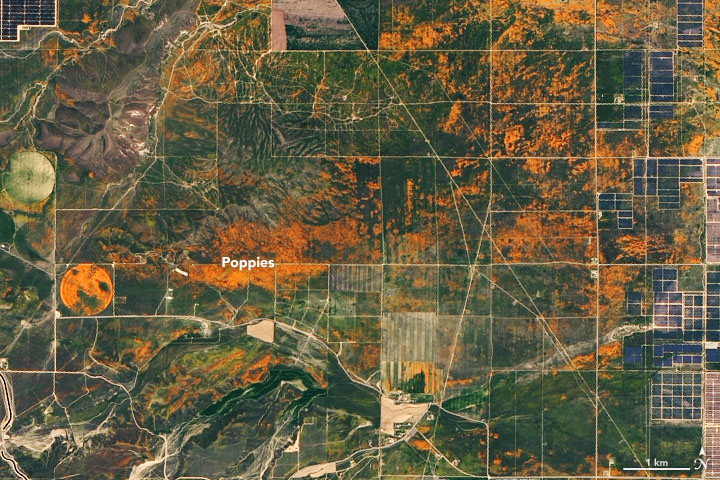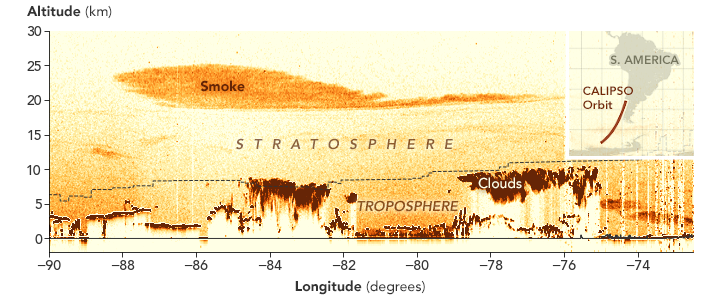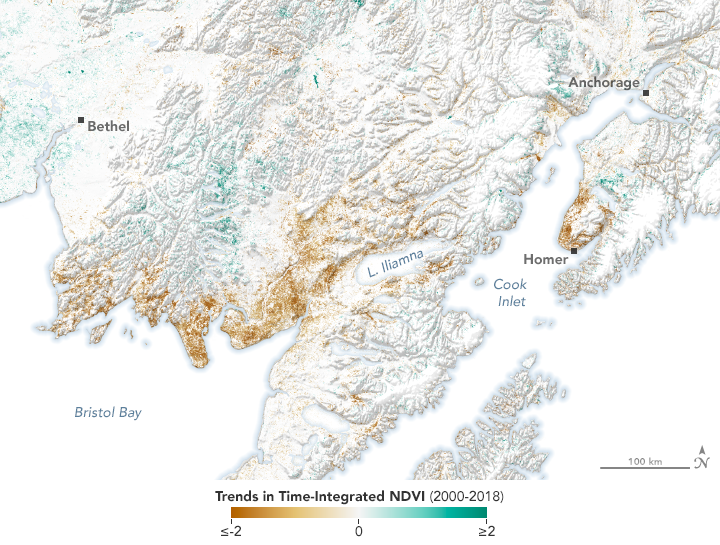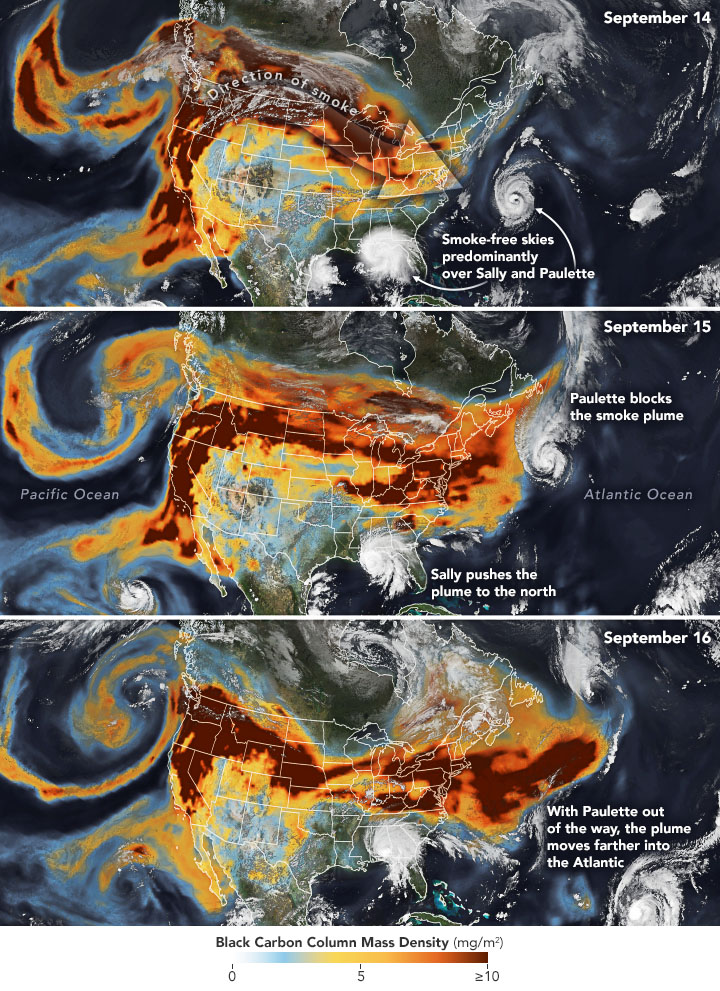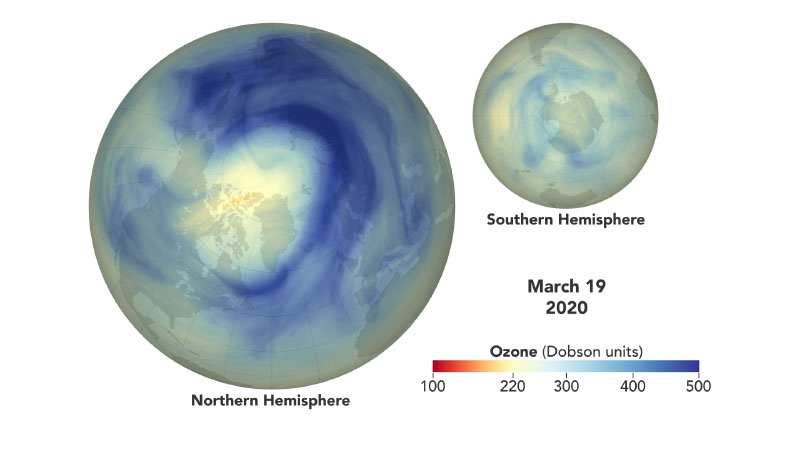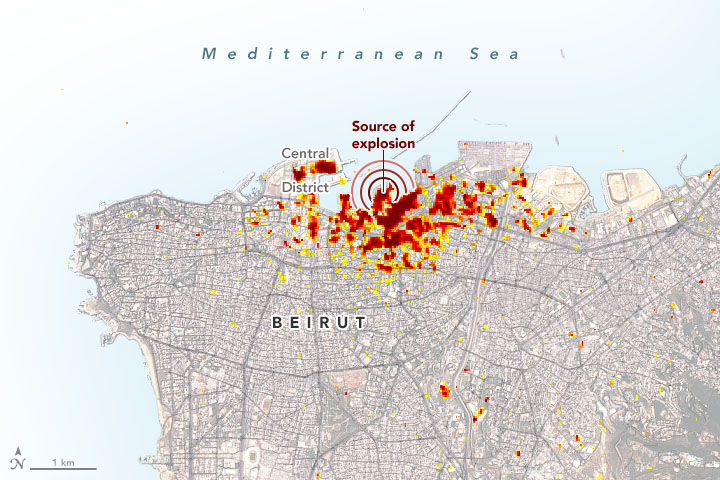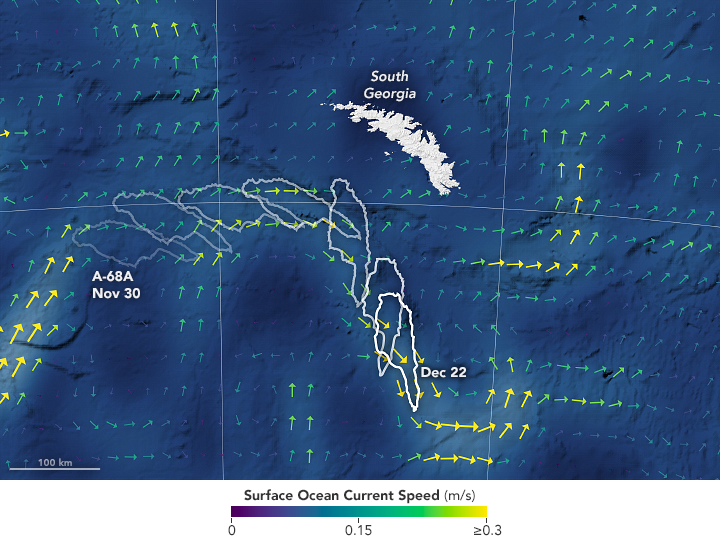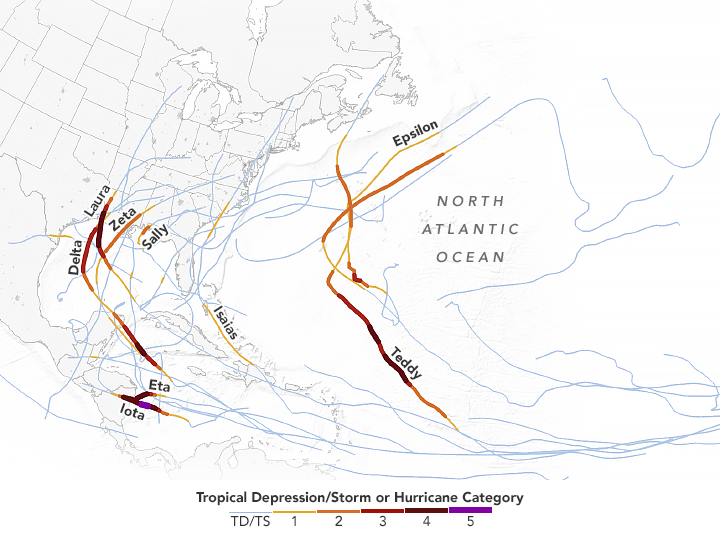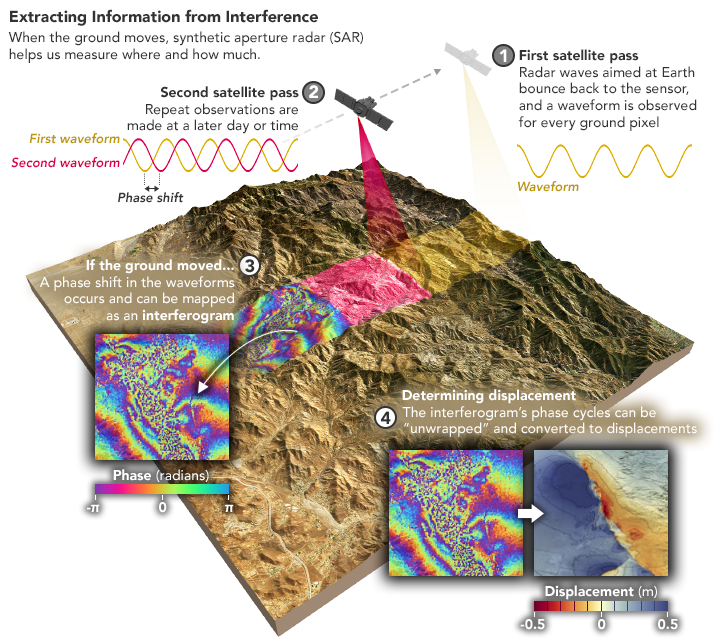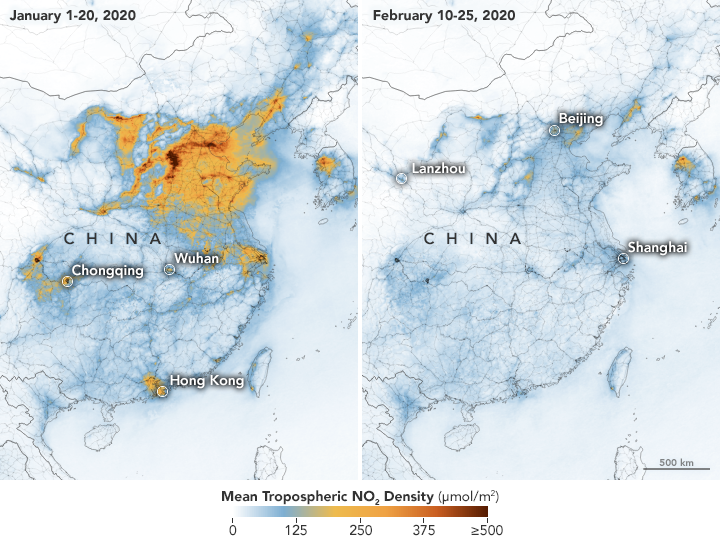2020 Top 10
The Earth Observatory's best of 2020
The NASA Earth Observatory publishes a new image-driven article every day. This torrent of graphics is enhanced by coverage of breaking news, natural hazards, and periodic, deep-diving features. As a result, our team easily publishes more than 500 visuals each year.
Choosing the ten best from such list is no small task. And it inevitably leaves out numerous pieces that, to be honest, pains me to exclude. Nonetheless, ten it shall be.
The list below features my personal favorite stories and graphics from the past year. They reflect a diversity of topics, team members, and content types. While it was difficult to reduce our work to just ten examples, the existence of such a challenge is evidence of the productivity of this team. I could not be more proud of my colleagues and what we’ve accomplished in 2020!
10: Orange You Glad It’s Spring?
Summertime poppy blooms in southern California are quite a sight. The color correction and image processing by my colleague Lauren Dauphin brought out the beauty of this landscape with vivid accuracy.
9: Australian Smoke Plume Sets Records
As historic fires scorched the Australian coast, their smoke circumnavigated the globe. While doing so, the aerosols set new records as they reached heights well into the stratosphere.
8: Alaska’s Vegetation is Changing Dramatically
Climate change is altering the Alaskan landscape. This story also exemplifies the coming together of multiple efforts to maintain and elevate the consistency of style in Earth Observatory visuals.
7: A Meeting of Smoke and Storms
Intense wildfires and heavy smoke were a common theme of 2020 (unsurprisingly one of the hottest years on record). The Atlantic hurricane season was also especially active. NASA’s diverse fleet of sensors made it possible to observe the interaction of these phenomena.
6: Unusual Weather Leads to Ozone Low Over the Arctic
The ozone hole reappears in the southern hemisphere each year. But unusual weather in the north brought a marked decline in ozone to the north pole in 2020.
5: Scientists Map Beirut Blast Damage
When a blast decimated parts of Beirut, NASA scientists using ESA sensors were quick to analyze the damage. Such a rapid, international response to disasters is a testament to the benefit of publicly funded, open data and research.
4: Iceberg Goes With the Flow
In December all eyes were on South Georgia Island and iceberg A-68A. If the enormous iceberg made landfall at the island, it could have been disastrous for South Georgia’s penguins and other wildlife. But the same ocean currents that put the island in peril also saved the day.
3: A Destructive Abundance
After five years in a row of above-average hurricane activity, the 2020 season set new records in the Atlantic basin.
2: Taking a Measure of Sea Level Rise: Land Motion
Synthetic aperture radar (SAR) and interferometry are vital but complex components of sea level rise analyses. This presented us with an opportunity to help clarify some of the methods, and served as one of many pieces of in-depth coverage of sea level rise.
1: Airborne Nitrogen Dioxide Plummets Over China
Being the source of the COVID-19 outbreak, China was the first to institute widespread lockdowns—the results of which were visible from space. This piece involved a great deal of collaboration across our team and the agency, and became the most cited and shared earth observation piece related to COVID-19. It also became the most visited article in the Earth Observatory’s 20 year history.
What makes me especially proud of my team’s work on this topic is that several other important articles followed, including similar coverage of India’s lockdown response, using nighttime lights to show the impact of quarantines, and how the same satellites that first showed the presence of lockdowns also revealed a return to normalcy.
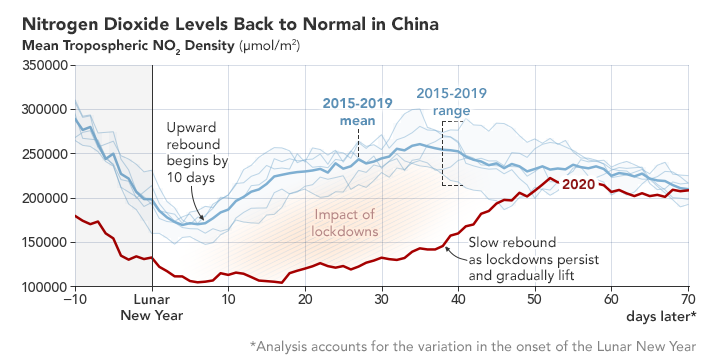
That’s a wrap!
2020 has been a difficult and trying year. It has brought sorrow to many and challenges to most. But the darkness has not overcome the light. The achievements of 2020 serve as reminders of what collaboration can accomplish. With some effort, 2021 can be proof of our ability to overcome and surpass such challenges—and many still lie ahead.
Per aspera ad astra.
